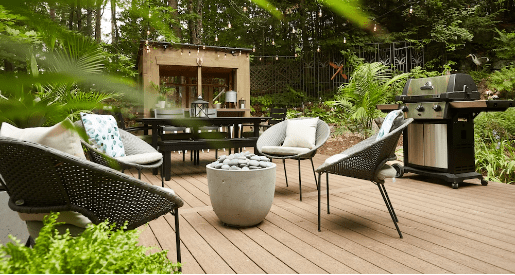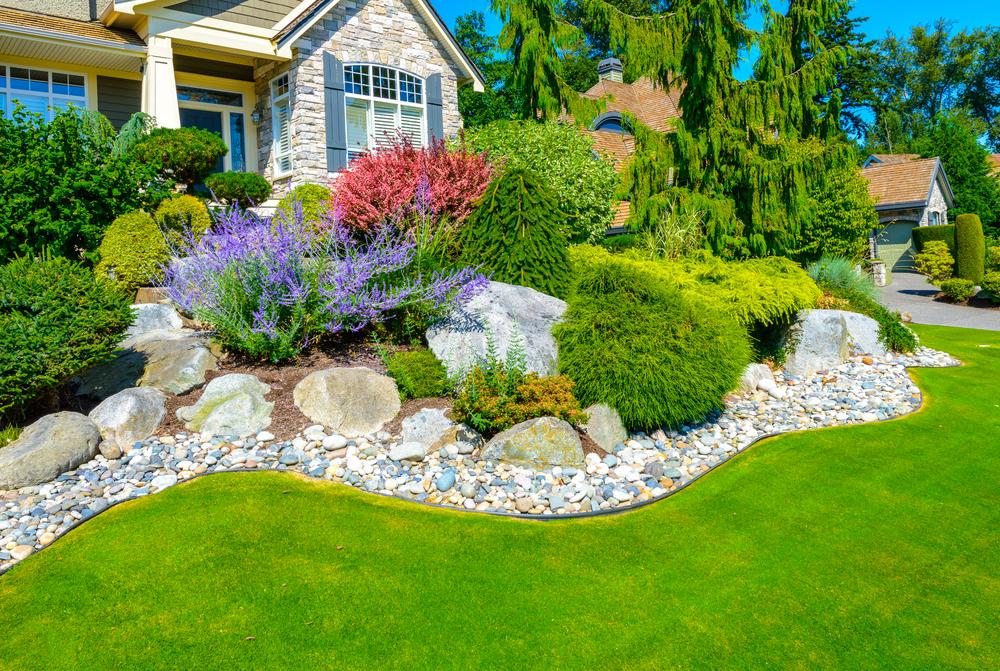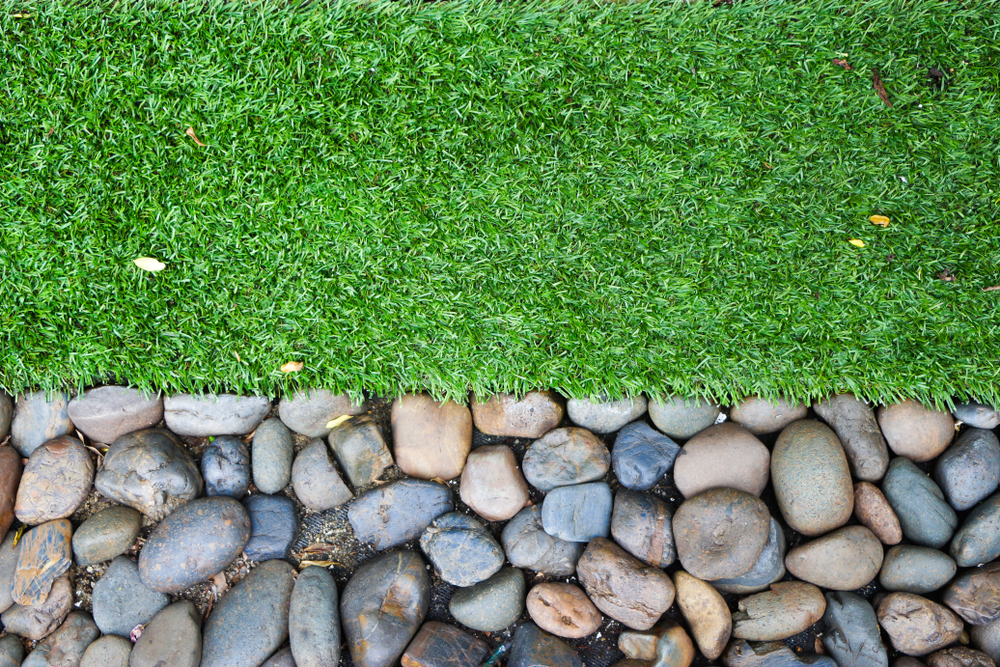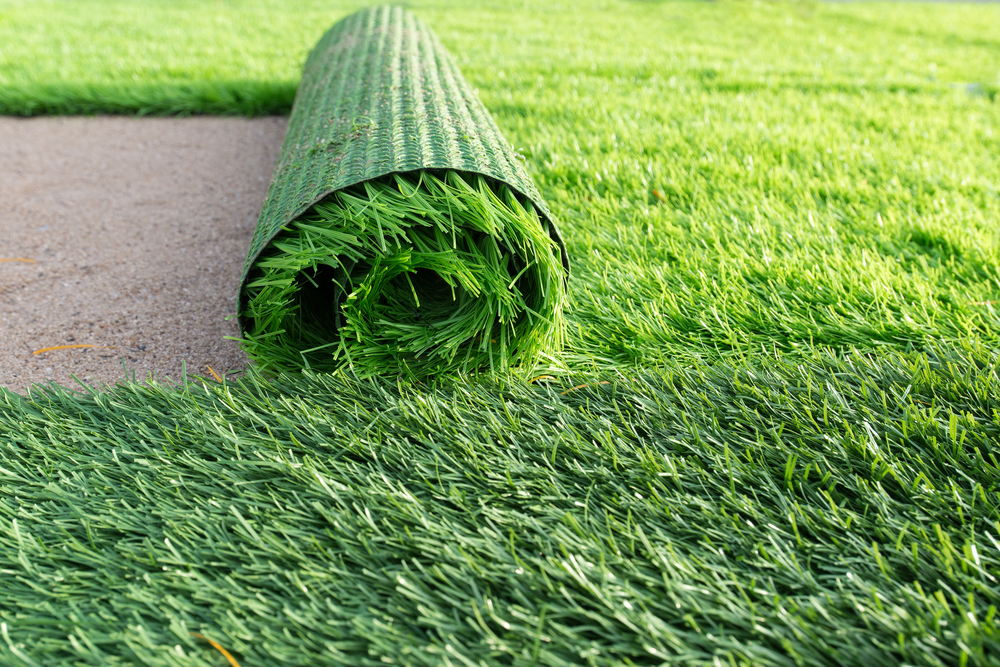Learn about the types of flagstone rocks and the ways that flagstones are quarried and prepared for use in landscaping applications such as building rock walls, making paths and creating fire pits.
Three Popular Types of Flagstone Rocks for Use in Landscaping
Flagstone is a type of sedimentary rock that develops along bedding planes. It naturally cleaves on long horizontal planes, creating smooth surfaces with visually attractive vertical edges. Each quarry produces a slightly different type of stone based on the elements that are in the rocks. When you are searching for flagstones in Las Vegas, consider these three popular varieties for use in landscaping applications.
Arizona Flagstone
Arizona flagstone is made up of rounded grains of quartz, which offers a natural sparkle. The rounded grains are cemented together by silica, which is like grains of sand. Other minerals are present in this type of flagstone, including small amounts of clay, mica, secondary silica calcite and gypsum. This makes for a light colored product that ranges from beige to rust in color. Arizona Flagstone is typically quarried in large quantities from the Coconino and Prescott National Forests. Arizona flagstone is also referred to as sandstone.
Pennsylvania Bluestone
Pennsylvania bluestone is quarried in northeastern Pennsylvania, New Jersey, and New York. It has a blue to gray color. This type of sedimentary rock was formed more than 360,000,000 years ago as a part of a large inland sea that deposited sand. It is made up of feldspar, sand, and mica. It is frequently used for stone patios, walkways, and stairs. It features layers that vary in shade.
Basalt
Basalt is a type of volcanic flagstone that takes on a dark gray to black color. It sometimes has a beige color. It is lightly textured and does an excellent job of insulating sounds. This makes it ideal for use in walkways and rock walls. The basalt is quarried in Montana and British Columbia. It is able to be cut in large slabs for use as walking stones. It cuts well and does not come apart in vertical layers due to the sudden cooling of the volcanic materials from which they are made.





